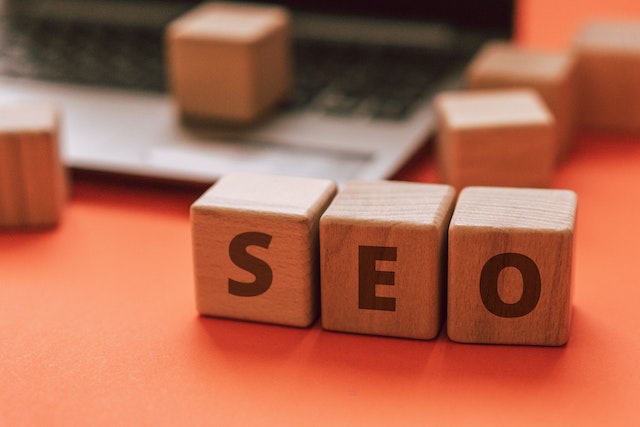On-page SEO: The Ultimate Guide
Are you struggling to improve your website’s ranking on search engines? Look no further than on-page SEO! In this comprehensive guide, we will walk you through everything you need to know about on-page SEO, including what it is, why it matters, and how to optimize your website’s on-page elements to achieve higher rankings on search engines.
1. What is On-page SEO?
On-page SEO refers to optimizing the content and structure of a website to rank higher on search engine results pages (SERPs). This involves optimizing various on-page elements, including the website’s content, title tags, meta descriptions, header tags, URL structure, internal linking, and images. The goal of on-page SEO is to improve a website’s relevance and user experience for specific keywords and phrases.
2. Why is On-page SEO important?
On-page SEO is essential because it signals to search engines what a website is about and how it relates to specific keywords and phrases. By optimizing on-page elements, search engines can better understand a website’s content and its relevance to users’ search queries. This can result in higher rankings, increased organic traffic, and improved user engagement.
3. Conducting On-page SEO Audit
Before optimizing your website’s on-page elements, it’s crucial to conduct an audit to identify any areas that need improvement. This involves analyzing your website’s content, structure, and other on-page elements to identify opportunities for optimization.
4. Keyword Research
Keyword research is the foundation of any successful on-page SEO strategy. It involves identifying the keywords and phrases your target audience uses to search for your products or services. By targeting the right keywords, you can optimize your on-page elements to match the intent of users’ search queries and improve your website’s relevance.
5. Optimizing Title Tags
Title tags are one of the most critical on-page elements for SEO. They appear as the headline of your search engine listing and should accurately describe the content on your webpage. By optimizing your title tags with target keywords and keeping them under 60 characters, you can improve your website’s relevance and click-through rate.
6. Meta Descriptions
Meta descriptions are the short snippets of text that appear below your website’s title tag on search engine results pages. They provide a brief summary of the webpage’s content and should be optimized to include target keywords and a call-to-action to encourage clicks.
7. Header Tags
Header tags (H1, H2, H3, etc.) are used to structure your webpage’s content and make it easier for search engines and users to understand. By optimizing your header tags with target keywords and including them in a logical hierarchy, you can improve your website’s relevance and user experience.
8. Content Optimization
Content optimization involves creating high-quality, relevant content that matches the intent of users’ search queries. By including target keywords and providing in-depth, valuable information, you can improve your website’s relevance and user engagement.
9. Image Optimization
Image optimization involves optimizing your website’s images for search engines by including relevant alt tags and compressing them to improve page speed. By doing so, you can improve your website’s relevance and user experience.
10. Internal Linking
Internal linking refers to linking to other pages on your website within your content. By doing so, you can improve your website’s structure and make it easier for search engines to crawl and understand your content. Internal linking can also improve user experience by directing users to other relevant pages on your website.
11. URL Structure
URL structure is an often-overlooked on-page SEO element. By including target keywords in your URLs and keeping them short and descriptive, you can improve your website’s relevance and user experience.
12. Mobile Optimization
With the majority of internet traffic coming from mobile devices, mobile optimization is crucial for on-page SEO. By ensuring your website is mobile-friendly and has a responsive design, you can improve your website’s relevance and user experience for mobile users.
13. Page Speed Optimization
Page speed is a critical factor in both user experience and on-page SEO. By optimizing your website’s images, reducing server response time, and minifying your website’s code, you can improve your website’s page speed and user experience.
14. User Experience
User experience is a crucial factor in on-page SEO. By providing a positive user experience through fast page load times, high-quality content, and intuitive navigation, you can improve your website’s relevance and user engagement.
15. Monitoring and Measuring Results
After optimizing your website’s on-page elements, it’s crucial to monitor and measure the results. By tracking your website’s rankings, organic traffic, and user engagement, you can identify areas for further optimization and continually improve your website’s on-page SEO.
Conclusion
In conclusion, on-page SEO is a crucial part of improving your website’s search engine rankings and driving organic traffic to your website. By optimizing your website’s on-page elements such as title tags, meta descriptions, header tags, content, images, internal linking, URL structure, mobile optimization, page speed optimization, and user experience, you can improve your website’s relevance and user engagement, resulting in higher rankings and increased organic traffic. Remember to conduct regular on-page SEO audits, conduct thorough keyword research, and monitor your results to continually improve your website’s on-page SEO.
By following the tips and strategies outlined in this article, you can begin to improve your website’s on-page SEO and increase your online visibility and success.
FAQs
- What is on-page SEO, and why is it important? On-page SEO refers to optimizing the content and structure of a website to rank higher on search engine results pages. It’s essential because it signals to search engines what a website is about and how it relates to specific keywords and phrases, resulting in higher rankings, increased organic traffic, and improved user engagement.
- What are some on-page SEO elements to optimize? Some on-page SEO elements to optimize include title tags, meta descriptions, header tags, content, images, internal linking, URL structure, mobile optimization, page speed optimization, and user experience.
- What is a keyword, and why is it important for on-page SEO? A keyword is a word or phrase that users search for on search engines. It’s important for on-page SEO because it helps you understand what your target audience is searching for and how to optimize your website’s content to match their intent.
- How can I monitor and measure my on-page SEO results? You can monitor and measure your on-page SEO results by tracking your website’s rankings, organic traffic, and user engagement through tools like Google Analytics and Google Search Console.
- How often should I conduct an on-page SEO audit? It’s recommended to conduct an on-page SEO audit at least once a year to identify areas for optimization and continually improve your website’s on-page SEO.


